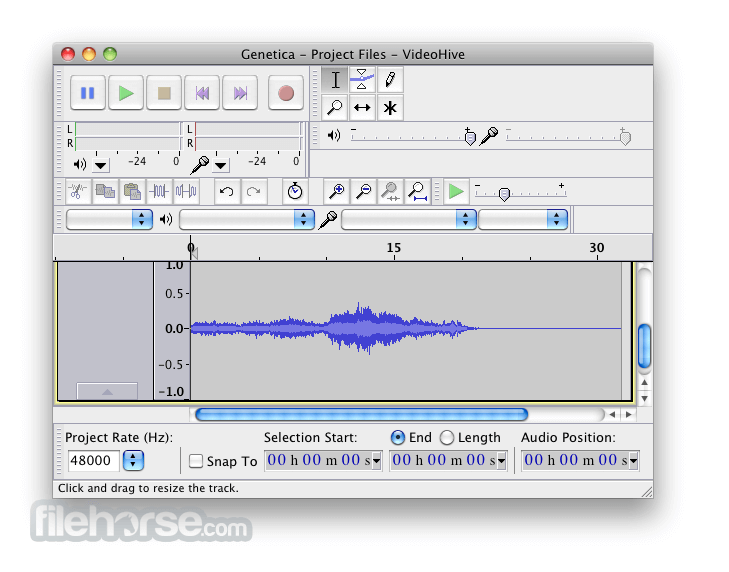


It should list the new virtual audio output device - “iShowU Audio Capture”. To verify you’re all set, navigate to “System Preferences → Sound”, and check the “Output” tab. It’s best to restart your system upon successful installation.

To gap a bridge between default MacOS audio output and OBS, we’ll need to install virtual audio device driver - iShowU Audio Capture.ĭownload the installer. In the out-of-box installation of OBS, if you record your screen while watching YouTube video, OBS will capture just your screen, but not the audio signal, which you would otherwise hear through the headphones or internal speakers. On MacOS, by default, OBS is not able to capture native audio signal from your machine. Kind of scary for radio interviewing, when it’s A Thing to get the folks on the other end of the line God forbid one would have to redo the interview.Step 2. It works, but is unstable, and crashes from time to time at the end of the recording such that one has to rely on the Audacity recovery to preserve the recording. This experience very much mirrors what was happening in Soundflower. Then it works on the 3rd try, with all 18 tracks present, which I leave alone (ie leave deleting the unused tracks until after completing the recording). Having selected 18 channels I press record, and crash. It takes me a while to realize I have to select 18 channels because of where the Yeti is in the track stack. Then installed 16 channel BlackHole, followed the instructions for input and output in Audio Midi (such that Yeti microphone is the 17th and 18th channels). Update on BlackHole as alternative to Soundflower: was trying to use 2 channel BlackHole and that really did not work.


 0 kommentar(er)
0 kommentar(er)
